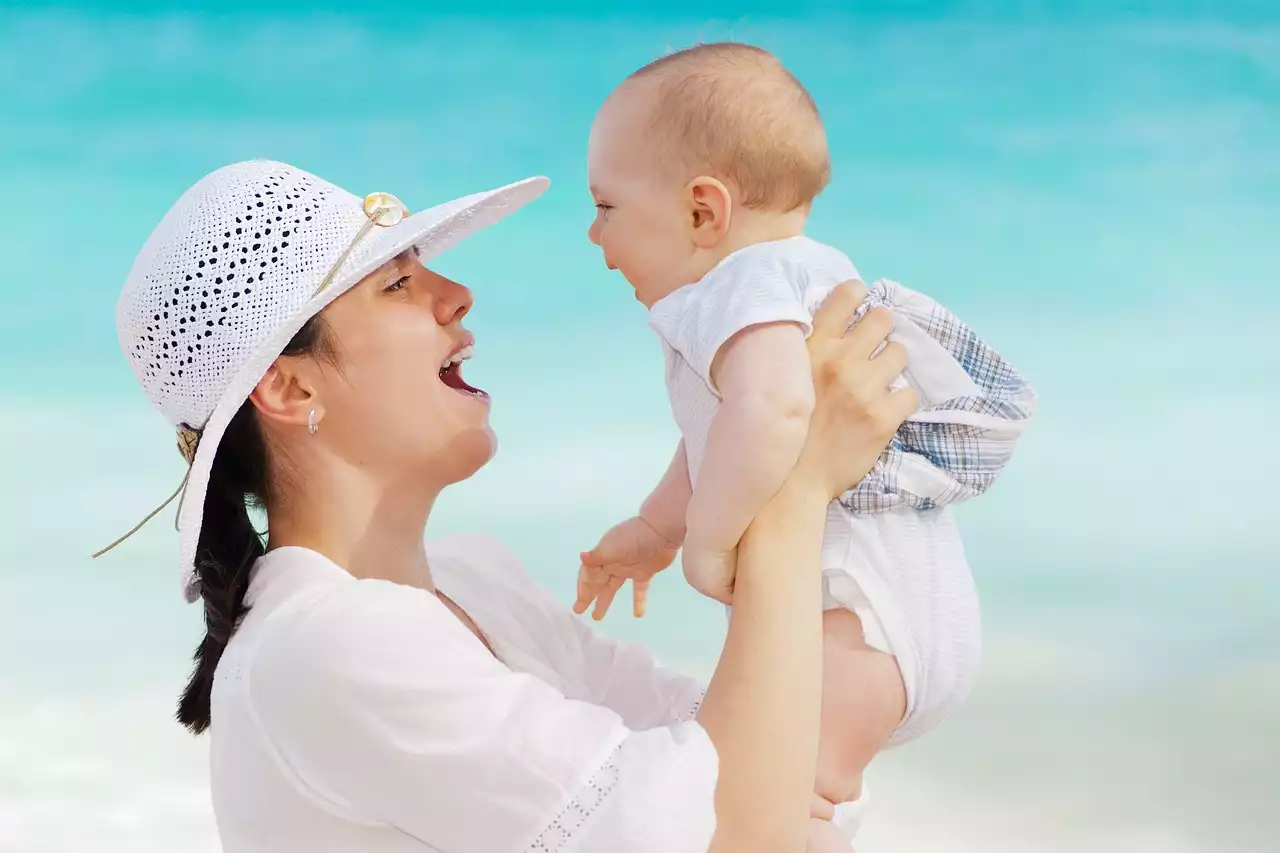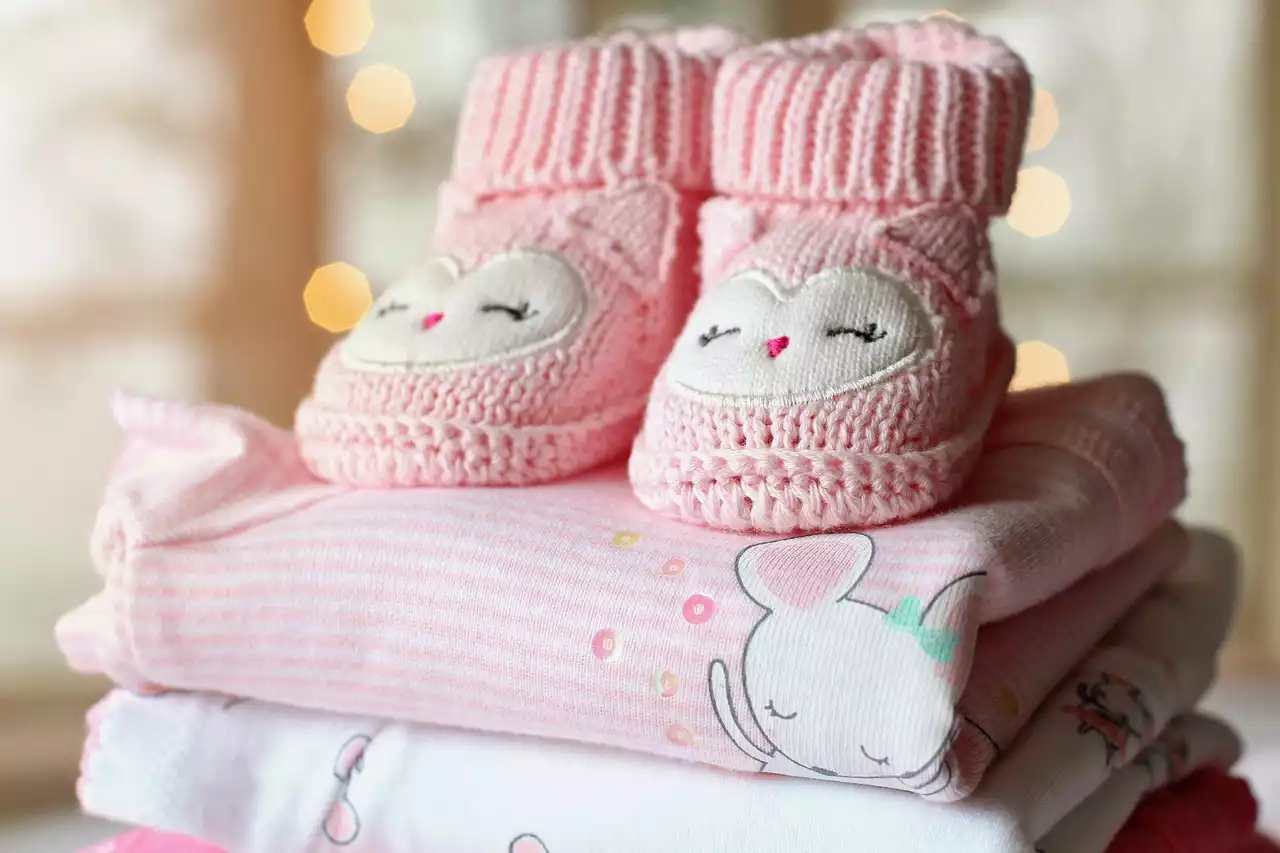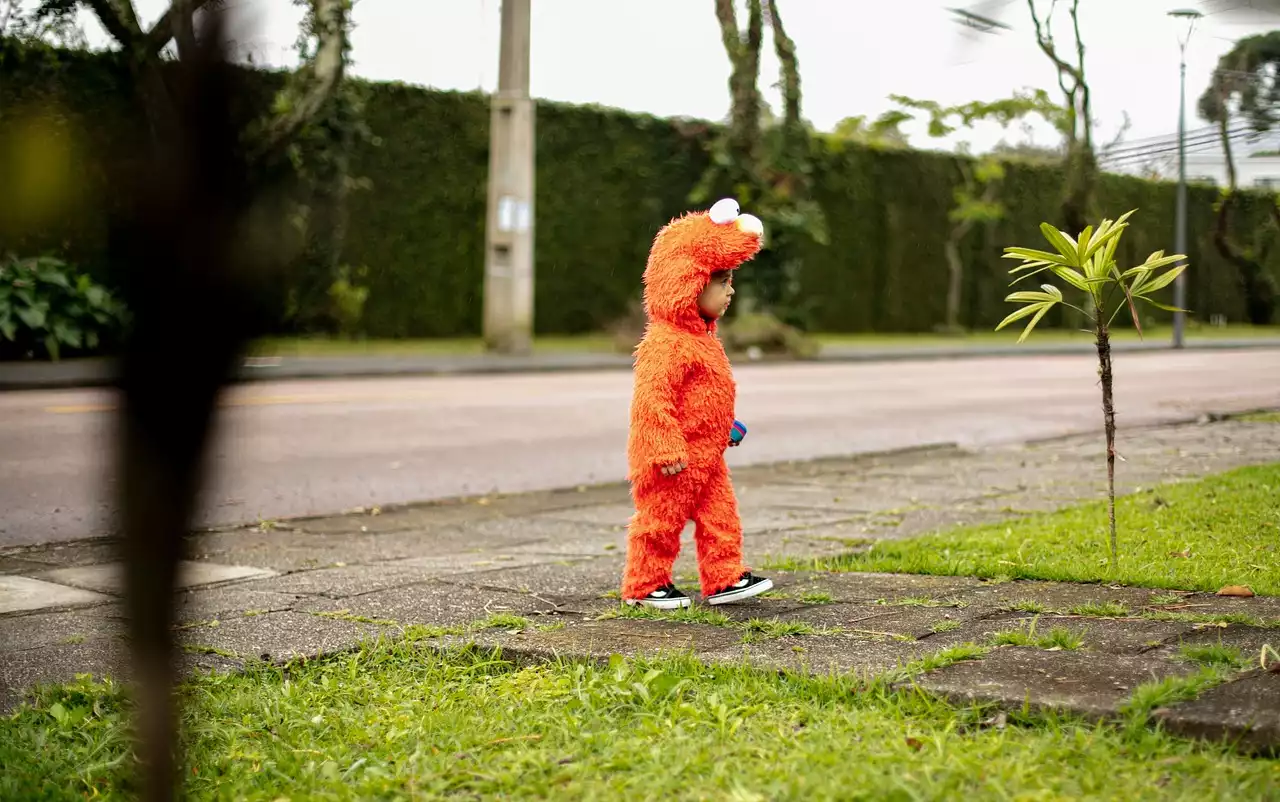Factors to Consider When Choosing Baby Sleepwear
There are a few key factors you’ll want to consider when purchasing baby sleepwear. These factors will help you find the right type of sleepwear for your baby’s unique needs and preferences. Some of the most important factors to consider when shopping for baby sleepwear include. Choosing the right fabric type for your baby’s sleepwear is crucial. The fabric type will determine how easy the sleepwear is to put on, whether it’s comfortable, and if it’s safe for your baby to wear. The best fabrics for baby sleepwear are lightweight and easy to wash. Make sure the sleepwear you choose is appropriate for your baby’s current climate. If your baby is cold, it’s important to choose a thicker fabric. Likewise, if your baby is too warm, a lighter fabric will help keep them comfortable. The easier the sleepwear is to wash the better. You don’t need to be an expert to clean baby sleepwear, but you do need to make sure the fabric is easy to clean. If the fabric is too delicate or difficult to clean, you won’t be able to get it looking like new again. Babies grow and change quickly. Before you know it, your newborn will be a toddler. One of the most important factors you’ll want to consider is your baby’s current developmental stage. This will help you find sleepwear that is age-appropriate for your baby.
Types of Baby Sleepwear
There are many different types of baby sleepwear you can choose from. Each type of sleepwear is designed to meet the specific needs of different baby sizes. Despite the different types of sleepwear available, there are only two types of fabrics used in baby sleepwear, natural fibers and synthetic fabrics. Natural fibers are plants and animals that are harvested for their raw materials. Cotton, silk, wool, and linen are all examples of natural fibers. Synthetic Fabrics: Synthetic fabrics are man-made materials created in a lab. Polyester, nylon, and acrylic are examples of synthetic fabrics. Natural fibers are softer, more breathable, and are ideal for sensitive skin. However, they are also more expensive than synthetic fabrics. Conversely, synthetic fabrics are cheaper and sturdier. However, they aren’t as comfortable or breathable as natural fibers.
Safety Considerations
You’ll want to make sure the sleepwear you choose is safe for your baby. Sleepwear should be loose-fitting and breathable to prevent your baby from overheating. If a piece of sleepwear is too tight or isn’t breathable, it can cause your baby to overheat. Overheating can be dangerous for your baby and can cause health issues to develop. Additionally, you’ll want to make sure the sleepwear you choose is flame-retardant. Sleepwear for babies should be treated with fire-retardant chemicals (FR chemicals). FR chemicals are applied to fabrics to reduce the risk of fire. When purchasing sleepwear for babies, make sure it’s certified to meet the “standard” of the FR chemicals.
Understanding Baby Sleepwear Sizes
Baby sleepwear sizes are determined by weight. The size of the sleepwear is determined by the weight of the baby. Babies come in a variety of different weights and sizes. Therefore, it’s important to understand how sleepwear sizing works. You’ll want to make sure the sleepwear you purchase is the correct size for your baby. A sleepwear size that is too big or too small will hinder your baby’s comfort and can cause the sleepwear to fall down. When choosing the size of the sleepwear, you’ll need to make sure you choose the size that correlates with your baby’s weight. For example, a size “6” sleepwear should be worn by a baby that weighs about 6 pounds.
Different Fabrics Used in Baby Sleepwear
When purchasing baby sleepwear, you’ll want to make sure you choose the right fabric. You’ll need to consider the climate your baby lives in, as well as the type of fabric. Fabrics like cotton, silk, and wool are ideal for warm climates. They are breathable and lightweight, making them perfect for warm climates. Fabrics like nylon, polyester, and acrylic are sturdier and thicker. They are often used for winter baby clothing. Fabrics like spandex and lycra are stretchy and are often used for pants and leggings. They are often used for athletic clothing. Fabrics like fleece, polar fleece, and wool are warm and are often used for sweaters and hoodies. Fabrics like cotton, cotton lycra, spandex, and silk are all soft fabrics. They are often used for baby sleepwear. Fabrics like nylon, polyester, and acrylic are thick and sturdy fabrics. These fabrics are often used for sleepwear and are typically used in winter weather. Fabrics like spandex, lycra, and fleece are stretchy fabrics. They are often used for pants and leggings. Fabrics like wool, polar fleece, and cotton are warm fabrics. They are often used for sweaters.
Tips for Comfort
One way to ensure that the sleepwear you choose is comfortable for your baby is to make sure the fabrics are lightweight. If the fabrics are lightweight and comfortable, your baby will be more likely to wear the sleepwear. If your baby isn’t comfortable in the sleepwear, they will likely kick it off in their sleep and be unable to rest properly. You can also make sure the sleepwear you choose is breathable. If the sleepwear is breathable, it will allow your baby to regulate their body temperature. This is important because you don’t want your baby to be too hot or too cold. A baby that isn’t dressed properly for their climate is at risk of overheating or becoming sick.
How to Choose the Perfect Baby Sleepwear
When choosing the perfect baby sleepwear, you’ll want to keep a few things in mind. First, make sure the sleepwear is the correct size. Second, make sure the sleepwear is made of the right fabric. Third, make sure the sleepwear is comfortable. Finally, make sure the sleepwear is appropriate for the climate your baby lives in. You can determine if the sleepwear is the correct size by reading the sizing label. The sizing label will display the appropriate weight range for the size of the sleepwear. You can also use a measuring tape to determine if the sleepwear is the correct size.










